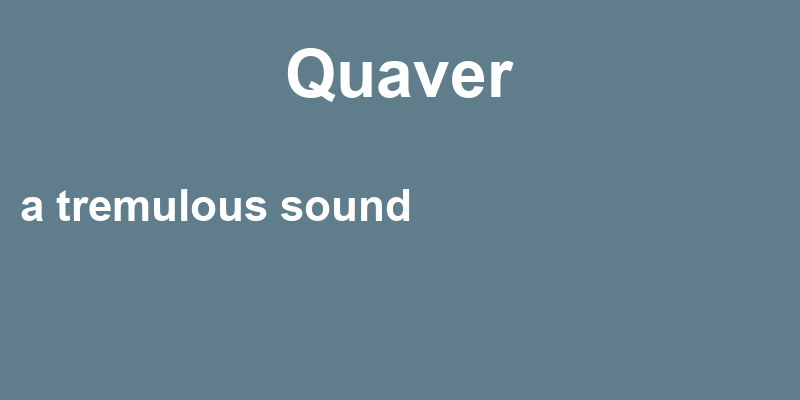
The time signature 4/4 shows that there are four beats in each bar (the top 4) and that each of those is a crotchet or quarter note (the lower 4). Each note length has a corresponding symbol to show when there is a rest (silence) of that duration. The smaller notes are written in groups of four so they match up with the beat visually and are easy to read. The fourth rhythm is a quaver, or eighth note, which lasts for half a beat, and the last note value shown is called a semiquaver or sixteenth note, and lasts for quarter of a beat, so sixteen semiquavers fit into a four beat bar. The third example is a crotchet or quarter note. You can see there are two minims in a four-beat bar. The second is called a minim (or half note, in America) and each minim lasts for two beats. The first of the notes above is called a semibreve. This is where pieces can really start to get interesting.Įach of these bars has a value of four beats. The rhythm is where notes have different durations within the structure of the bar. The time signature shows how many beats are in each bar, and what kind of note each of those beats is. Some pieces have four beats in a bar, which means you feel them in four time, some have three, like a waltz, and so on. The music is written in small sections called bars, which fall between the vertical lines on the stave called bar lines. The beat is the heartbeat or pulse of the music. The stave works both up and down (pitch) and from left to right.įrom left to right, the stave shows the beat and the rhythm. The numbers after the treble clef are called the time signature. Once too many ledger lines are needed and the music becomes visually confusing, it’s time to switch to a new clef, such as bass clef. When notes fall outside of the pitches that fit onto the stave, small lines called ledger lines are added above or below to place the notes, as you can see with the low G - string pitch which sits below two ledger lines. Violin music is always written in treble clef. The clef defines which pitches will be played and shows if it’s a low or high instrument. The symbol at the front of the stave is called a treble clef. Each note also has a stem that can go either up or down. The round part, or head of the note shows the pitch by its placing on the stave. The note on the right is the E - string pitch, which is much higher. The note on the left here is the G - string note, which is the lowest note on the violin. Every line and space on the stave represents a different pitch, the higher the note, the higher the pitch. You will see that the notes are placed in various positions on five parallel lines called a stave. When notated, the open string sounds of the violin look like this: The notes of the violin strings without any fingers pressed down, which are commonly known as the open strings, are called G, D, A and E, with G being the lowest, fattest string and E the highest sounding, finest string. Once you get to G the note names begin again at A. The notes in Western music are given the names of the first seven letters of the alphabet: A, B, C, D, E, F and G. What you see on the page is a sort of drawing of what you will hear. Music, like language, is written with symbols which represent sounds from the most basic notation which shows the pitch, duration and timing of each note, to more detailed and subtle instructions showing expression, tone quality or timbre, and sometimes even special effects.

#Quaver def how to#
It tells you what to play, when to play it and how to play it. To a musician, written music is like an actor’s script. When you first start learning the violin, you will also start learning to read music.


 0 kommentar(er)
0 kommentar(er)
